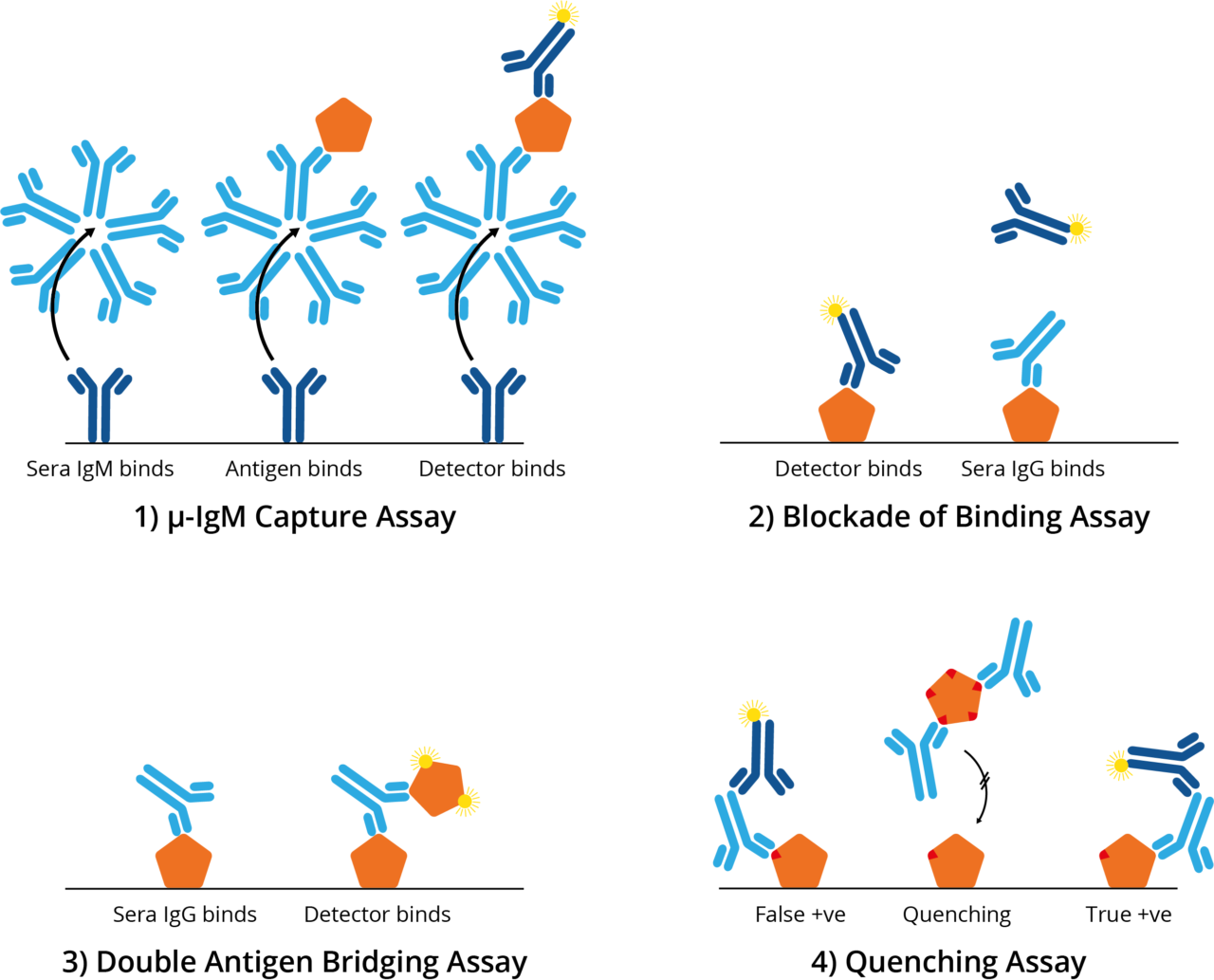
In neuroscience research, for instance, immunostaining is particularly useful when searching for disease biomarkers ( Gentleman et al., 1993 Sherriff et al., 1994). Immunostaining is a powerful tool for identifying molecules in tissues (immunohistochemistry) or cells (immunocytochemistry) and has been used in many studies. Single staining for NeuN or GFAP visualized with dual secondaries at different dilution ratio supported this hypothesis. We thus hypothesize that a competition exists between anti-mouse and anti-rat secondaries in their binding to both primaries. However, cross-species astrocytic staining could not be diminished after sequential same-species staining with rat anti-GFAP primary, followed by mouse anti-NeuN. Cross-species astrocytic staining was missing after sequential same-species staining with mouse anti-NeuN primary, followed by rat anti-GFAP. Simultaneous staining resulted in cross-species astrocytic staining (anti-mouse secondary to rat anti-GFAP primary) but no cross-species neuronal staining (anti-rat secondary to mouse anti-NeuN primary). To block this cross-species binding in double staining experiments, we compared three protocols using mouse anti-NeuN and rat anti-GFAP, two primaries whose antigens have non-overlapping distributions in brain tissues. We speculate that mouse and rat primaries share antigenicity, enabling either secondary to recognize either primary. We then further revealed the converse cross-species binding by staining with a mouse primary against neuronal nuclear protein (NeuN) and visualizing with anti-rat secondaries. This was accomplished by staining with a rat primary against glial fibrillary acidic protein (GFAP) and visualizing with goat (or donkey) anti-mouse secondary. We first confirmed the previously reported cross-species binding of goat anti-mouse secondary to rat primary. Here we focused on an overlooked cross immunoreactivity issue where a secondary antibody (secondary) cross-reacts with a primary antibody (primary) from a different species. Immunostaining is a powerful technique and widely used to identify molecules in tissues and cells, although critical steps are necessary to block cross-reaction.

5Department of Anesthesiology and Critical Care Medicine, Perelman School of Medicine, University of Pennsylvania, Philadelphia, PA, United States.4Departments of Otorhinolaryngology-Head and Neck Surgery, Perelman School of Medicine, University of Pennslyvania, Philadelphia, PA, United States.3Philadelphia Veterans Affairs Medical Center, Philadelphia, PA, United States.2Department of Anesthesiology and Critical Care Medicine, Children’s Hospital of Philadelphia, Philadelphia, PA, United States.1Department of Neurology, Renmin Hospital, Wuhan University, Wuhan, China.Shanping Mao 1, Guoxiang Xiong 2*, Brian N.


 0 kommentar(er)
0 kommentar(er)
